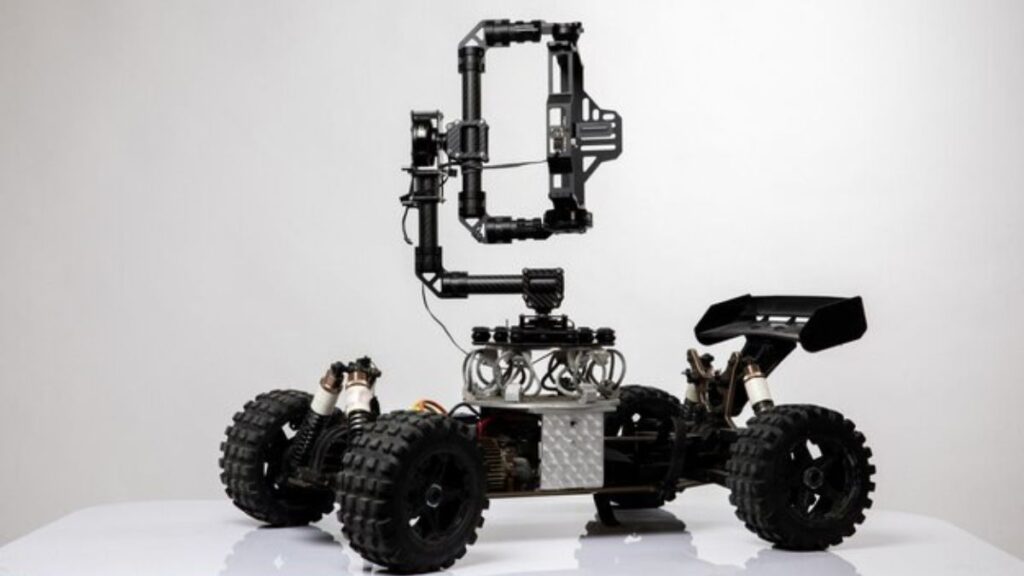Protecting the security of pipelines is an important job in the infrastructure and manufacturing sectors. The costs and inconvenience of using conventional inspection and repair procedures cannot be overstated. The Pipe Crawler, however, has arisen as a new superhero because to developments in robotics and technology. Pipe crawlers are the focus of this essay, which goes into its operation, many uses, and revolutionary effect on pipeline maintenance.
Understanding the Pipe Crawler
The Anatomy of a Pipe Crawler
A pipe crawler is, at its most fundamental, a robotic device customized for navigating the maze of pipes. These crawlers can go through pipes of varied sizes and shapes because they have wheels or tracks. Crawlers generally have a camera, sensors, and even repair equipment stored within their bodies.
How Pipe Crawlers Work
Crawlers for pipelines are normally operated from a distance by a human operator. Using AI and ML algorithms, sophisticated models may be able to explore and make choices in a pipeline’s dynamic environment on their own.
Applications of Pipe Crawlers
1. Inspection and Monitoring
Pipe-crawlers are primarily used for inspections, which is one of its main duties. These crawlers can monitor pipeline conditions and give real-time video feeds thanks to their high-resolution cameras and sensors. Without physically inspecting the system, operators may detect problems like corrosion, leaks, and obstructions.
2. Maintenance and Repairs
Some pipe-crawlers are built for more than just inspections; they may also do maintenance and repairs. They may be provided with cutting tools, welding equipment, or even 3D printers to fix pipeline difficulties. Pipeline maintenance delay and costs can be drastically cut if repairs can be made without major digging.
3. Environmental Monitoring
Environments within pipes may be monitored with the use of specialized pipe-crawlers. Crawlers with sensors, for instance, may examine pollutants within a pipeline to help ensure worker safety and abide by regulations in the oil and gas business.
Advantages of Pipe Crawlers
1. Cost-Effective Maintenance
The use of pipe-crawlers can reduce the expense of repairing a pipeline. Operators can save both time and money on pipeline maintenance and repairs by reducing or eliminating the need for considerable excavation and physical labor.
2. Minimized Downtime
Pipe-crawlers reduce the amount of time it takes to perform maintenance and inspections by navigating through active pipelines. This is of essential importance in sectors where continuous production is vital.
3. Enhanced Safety
Pipe-crawlers may be operated from a safe distance, removing personnel from potentially dangerous situations. This is of utmost importance in fields that work with hazardous materials or in restricted areas.
Challenges and Future Developments
1. Technology Limitations
Although pipe crawlers have shown a lot of promise, there are still some technological hurdles to jump. Further improvements to the capabilities of these robotic devices require developments in sensor technology, artificial intelligence, and communication networks.
2. Standardization and Regulation
Standardized methods and regulations are essential as pipe crawlers gain popularity. To guarantee their safe and efficient usage, criteria must be established for pipe crawler design, operation, and maintenance.
3. Integration with IoT and Big Data
Pipe crawlers have a bright future if they can be combined with IoT and Big Data analytics. Incorporating data from pipe crawlers into larger infrastructure management systems in this way would allow for real-time monitoring and predictive repair.
Conclusion
The use of pipe crawlers is revolutionizing the field of industrial and infrastructure upkeep. They are highly sought after by many sectors due to their capacity to check and repair pipes with minimum interference. The importance of pipe crawlers in ensuring the long-term health of our essential pipeline infrastructure is only expected to grow as technology advances. The pipe crawler has just started the trek into the depths of the pipes.







